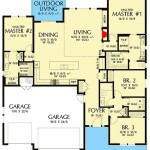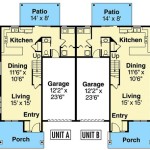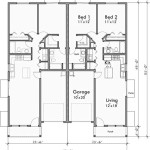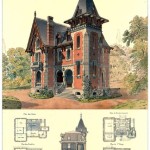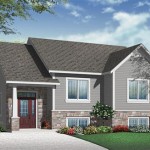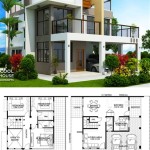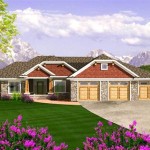Floor Plans for Master Bedrooms: Creating Your Personal Sanctuary
The master bedroom is the haven where you retreat to relax, unwind, and recharge. It's your private oasis, and the floor plan you choose will significantly impact your experience within this space. Whether you prefer a sprawling sanctuary or a cozy retreat, this article explores various floor plan options for master bedrooms to inspire your design journey.
Types of Master Bedroom Floor Plans
There are countless ways to design a master bedroom floor plan, but they generally fall into four main categories:
- Square or Rectangular: These are the most common and versatile floor plans, offering ample space for furniture and storage.
- L-Shaped: L-shaped floor plans create a separate area within the bedroom, ideal for a sitting room or dressing area.
- U-Shaped: U-shaped floor plans wrap around a central point, offering a cozy and intimate space.
- Irregular: Irregular floor plans offer unique and dramatic design opportunities, but they require careful planning to maximize functionality.
Essential Elements of a Master Bedroom Floor Plan
Regardless of the floor plan you choose, certain essential elements should be considered:
- Size: The size of the master bedroom should be appropriate for your needs. Consider the amount of furniture, storage, and any additional features you desire.
- Layout: The layout of the bedroom should create a comfortable and functional flow. Ensure there is enough space to move around and that furniture is arranged in a way that promotes relaxation.
- Windows: Natural light is crucial for a master bedroom. Position windows to maximize daylight and provide scenic views.
- Storage: Ample storage is essential for keeping the master bedroom organized and clutter-free. Consider built-in wardrobes, walk-in closets, or other storage solutions.
- Ensuite Bathroom: An ensuite bathroom is a highly desired feature in a master bedroom. Design the bathroom to be both luxurious and functional.
Additional Considerations for Master Bedroom Floor Plans
Beyond the essential elements, there are several additional considerations that can enhance the functionality and aesthetics of your master bedroom floor plan:
- Sitting Area: Create a cozy sitting area for reading, relaxing, or simply enjoying the view.
- Balcony or Patio: A private outdoor space can extend the master bedroom and provide a tranquil retreat.
- Fireplace: A fireplace can create a warm and inviting ambiance, especially in colder climates.
- Lighting: Design a lighting scheme that includes natural light, ambient lighting, and task lighting for various activities.
- Smart Features: Incorporate smart features such as automated curtains, temperature control, or a sound system for added convenience.
Conclusion
Choosing the right floor plan for your master bedroom is a crucial decision that will shape the functionality, comfort, and aesthetics of your sanctuary. By considering your lifestyle, preferences, and essential elements, you can create a master bedroom that reflects your unique personality and provides the perfect retreat after a long day.

Master Bedroom Floor Plans Types Examples Considerations Cedreo

How To Design A Master Suite Feel Luxury

Master Bedroom Floor Plans An Expert Architect S Vision

Master Bedroom Floor Plans Types Examples Considerations Cedreo

Master Bedroom Addition

13 Primary Bedroom Floor Plans Computer Layout Drawings

Master Suite Updated Plans Erin Kestenbaum

How To Design A Master Suite Feel Luxury

7 Inspiring Master Bedroom Plans With Bath And Walk In Closet For Your Next Project

Master Bedroom Addition For One And Two Story Homes Backyard Project Plan 90027

